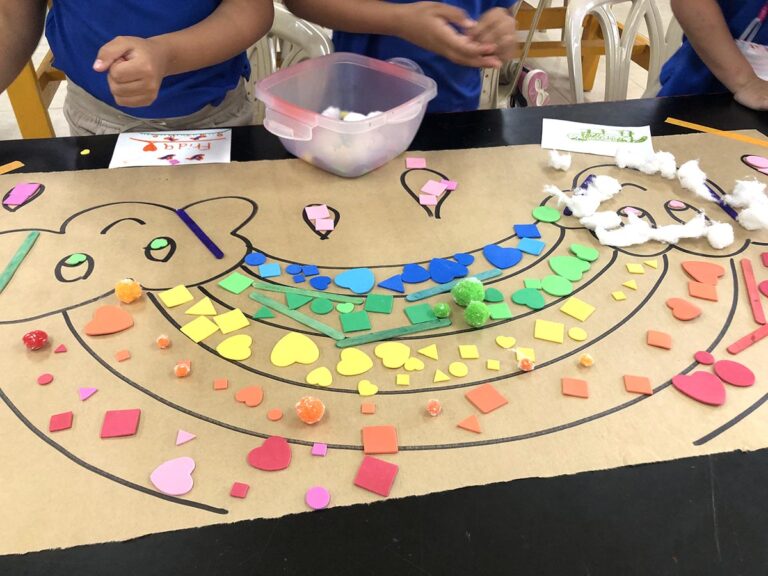A Note From the Author: One of the considerations we must address when speaking about autism, is what words to use to describe people within this community. For years, advocates have highlighted the need for person-first language referring to “a student with autism.” This is where I have always been centered in my use of language. However, there are many, including those from the Autistic Self Advocacy Network, who prefer identity-first language, as in an “autistic student.” There are positives and also unintended consequences with using either option and much relies on the preference and experiences of autistic individuals. The importance is that those within the autism community feel valued, respected, and included. Consider researching this language discussion further to be challenged and informed. I know that I have much to learn on the topic myself.
Autism. Many people make assumptions when they hear this label based on personal experiences, depictions in entertainment, or a lack of understanding. Though there are some common characteristics of those on the autism spectrum, each individual is indeed an individual.

As we strive to create positive and supportive creative spaces, art teachers can use strategies and approaches in the art room to support and engage students with autism as well as all other students. Here are some strategies I suggest based on my experience as an art teacher working closely with a specialized learning center for students with autism for eight years.
Get to know all students personally.
Remember, each student is a unique individual—especially students on the autism spectrum. Taking the time to get to know these students more personally can lead to success.
- What are they passionate about?
Some students with autism have extensive knowledge regarding a singular topic.
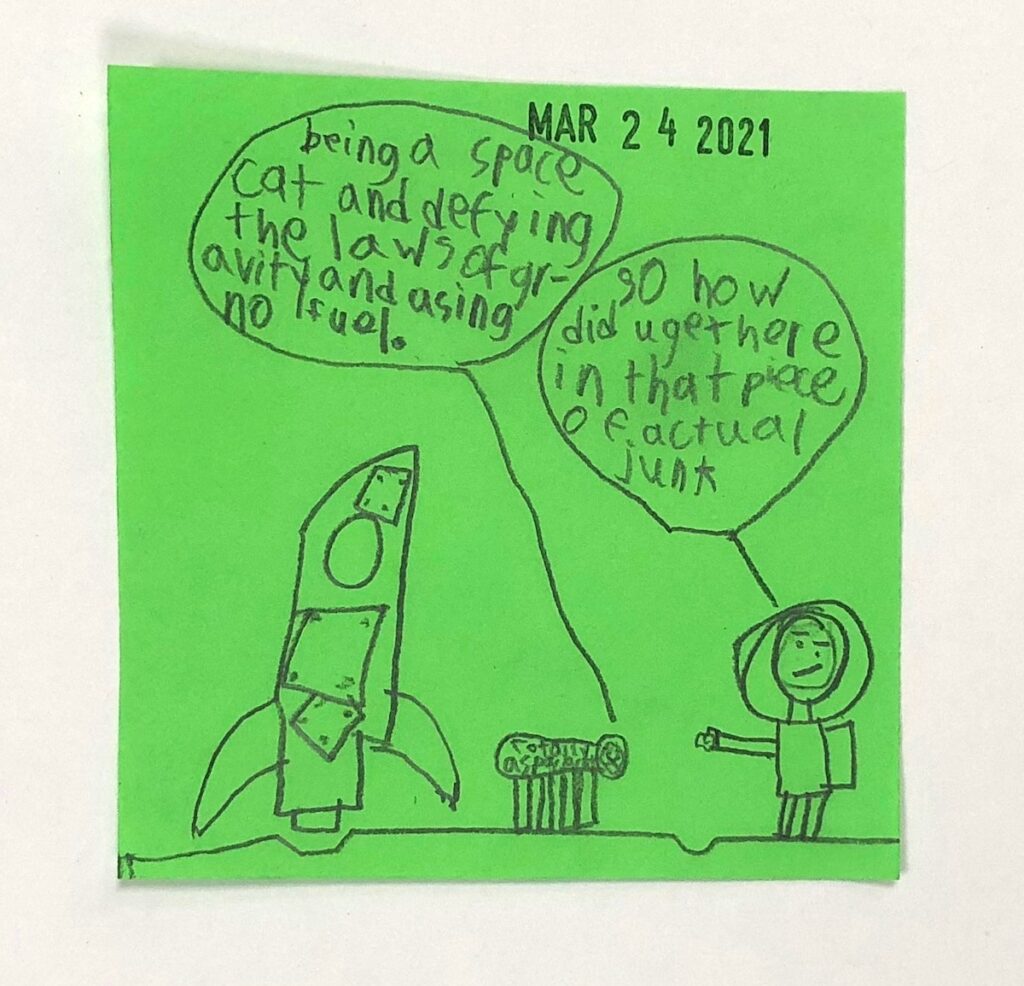
Find ways to encourage students to include their topic of interest in artwork. Superheroes, dinosaurs, or even the weather can lead to engaging works of art if students feel supported to do so. It may be as simple as knowing a student’s favorite color is orange and making orange paint available.
- What materials or activities in the art room may lead to sensory avoidance or sensory-seeking?
There are many sensory experiences in the art room, including smells, textures, sound, and yes, sometimes, “accidentally” taste. Being mindful of a student’s sensory avoidance or sensory-seeking behaviors will inform your instructional strategies.
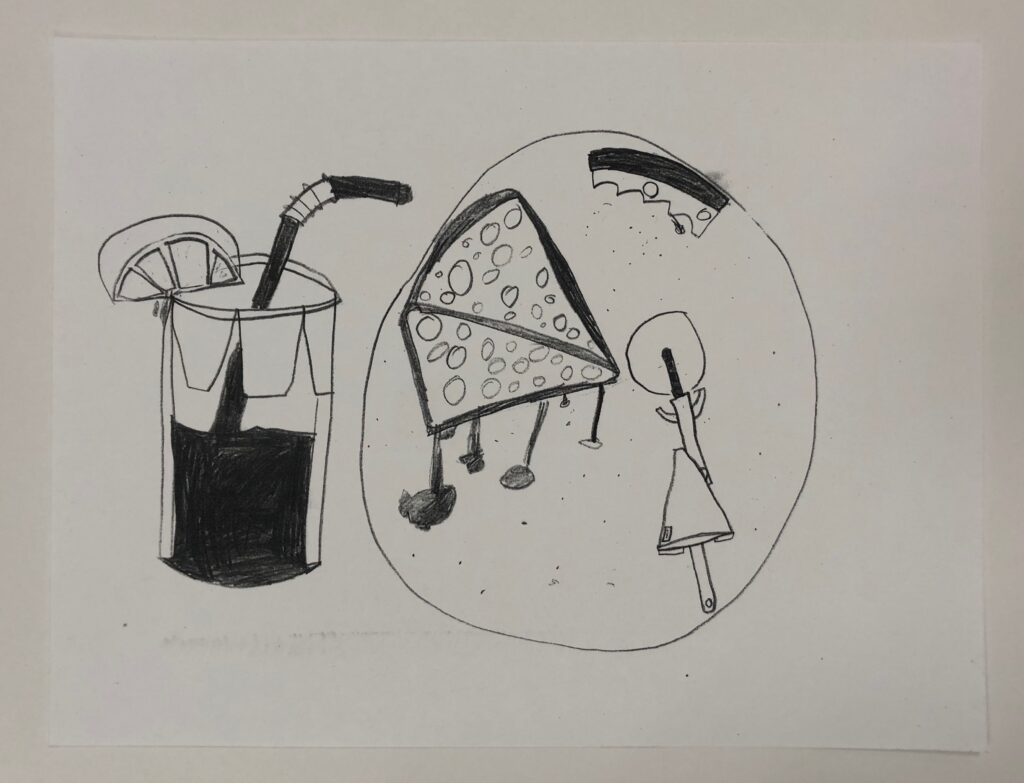
Consider the volume of your voice or the music you play in the background while students are creating. Dried paint or paper-mâché may lead to different reactions from students. Considering individual students and their responses to sensory experiences may lead to more purposeful instructional decision-making in the future.
- What are their artistic preferences?
Does a student have a specific style of drawing or a preference for artmaking techniques? When I learned one of my non-verbal students loved collaging tiny pieces of torn paper together, I provided him with pieces of paper at the beginning of each class as we went through the day’s instructions or during a class discussion.
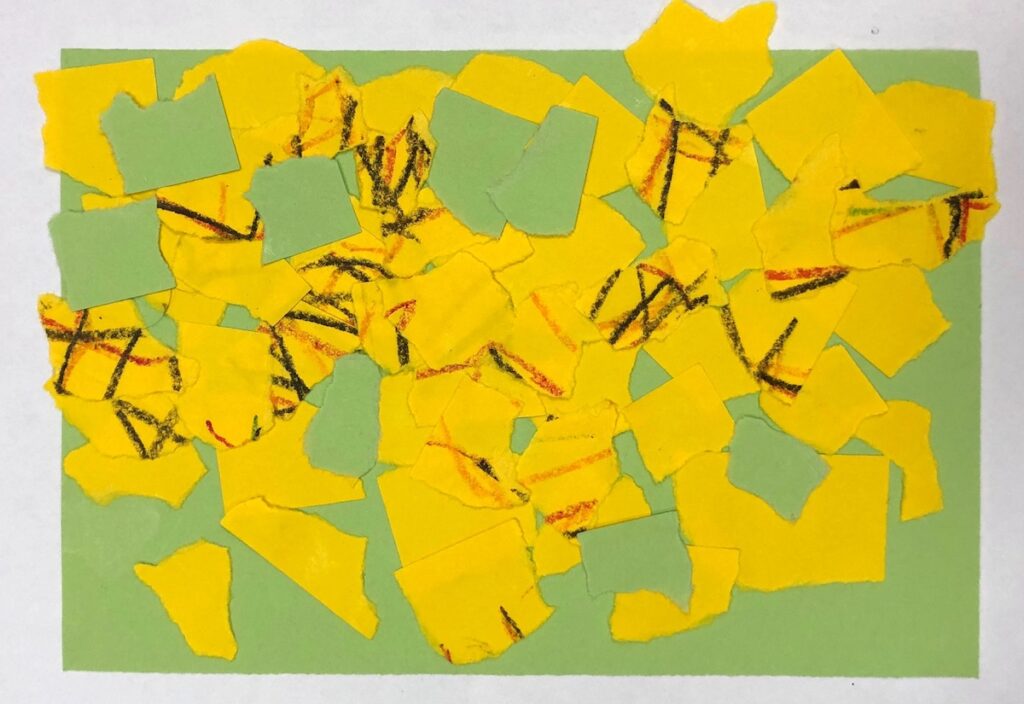
This impromptu gluing has led to some beautiful collages and informed some of his more structured artworks. Consider what artmaking strategies can engage students during art room transitions.
- What do students need to be successful?
Communicating with students about their experiences and their needs is essential. Check out these empathetic sentence starters from Understood.org. Using these simple prompts has led me to make instructional modifications for individual students and my whole class practice.
Use explicit instruction.
It is a challenge for me when I am given many instructions and expected to follow them. For students with autism, this may be especially difficult. By using explicit instructions, we can support our learners to succeed in the art room. Explicit instruction involves breaking down directions into manageable chunks, modeling expectations, using visual clues, discussing the thinking process, and giving feedback.
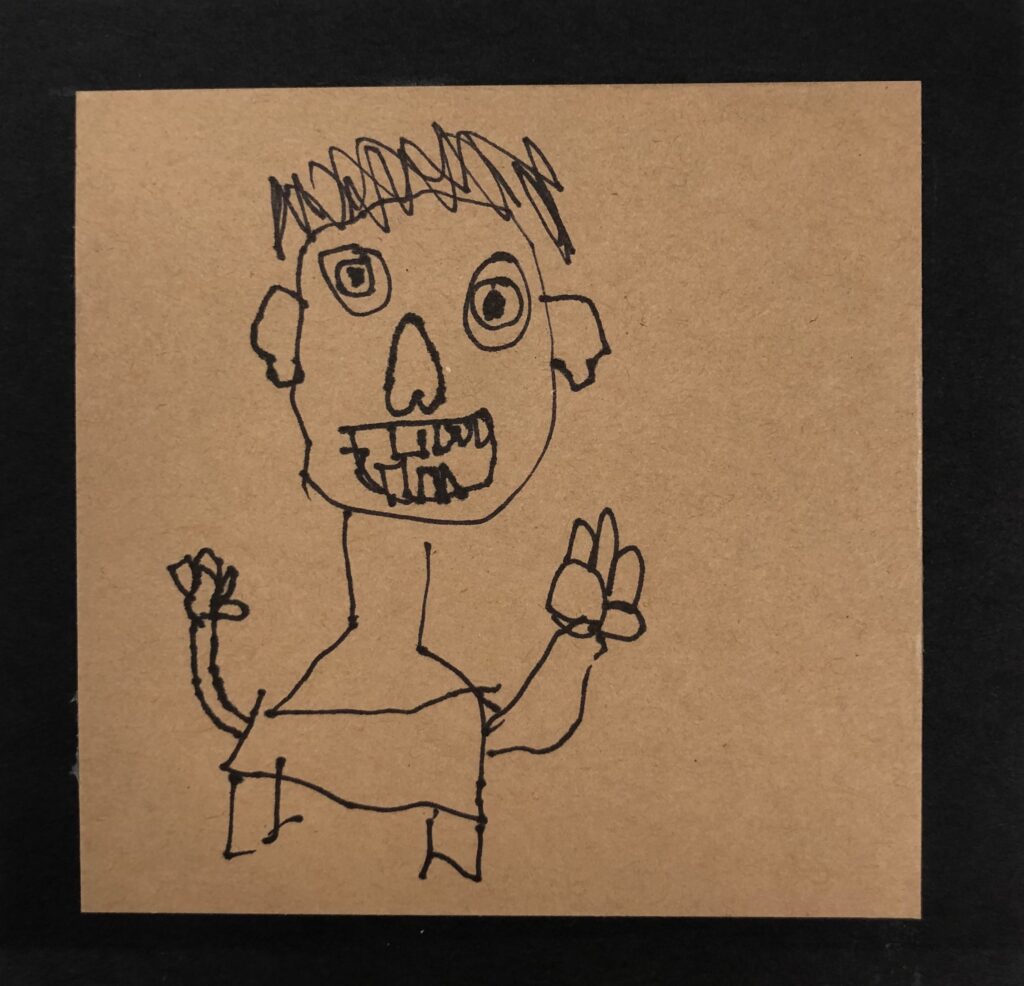
This strategy can be a game-changer in the art room. Consider cleanup time specifically—one of the most chaotic times! Explicit instruction helps students immensely. Model supply locations, break down the directions into smaller chunks, reveal the next direction slowly, and use written and visual cues for where items need to be placed. These deliberate and explicit directions will help students make sense of your cleanup routines.
Communicate changes in the routine.
We are all creatures of habit, dependent on routine, and do our best when there are changes to our expectations. This may be a struggle for students with autism. When schedule changes arise, or the day’s expectations shift; when a sub is pre-scheduled, or the clay didn’t get fired in time, take the time to communicate with individual students or the para-professionals who work closely with them. This conversation will help prepare students for changes in art room routines.
Look for ways to celebrate achievements.
Sharing students’ unique and beautiful art is a part of our work as art teachers. We should celebrate and share the work created by students with autism as well. Investigate opportunities to display student work in group shows or even art exhibitions specifically for students who learn or think differently. Find ways to celebrate their unique way of thinking.
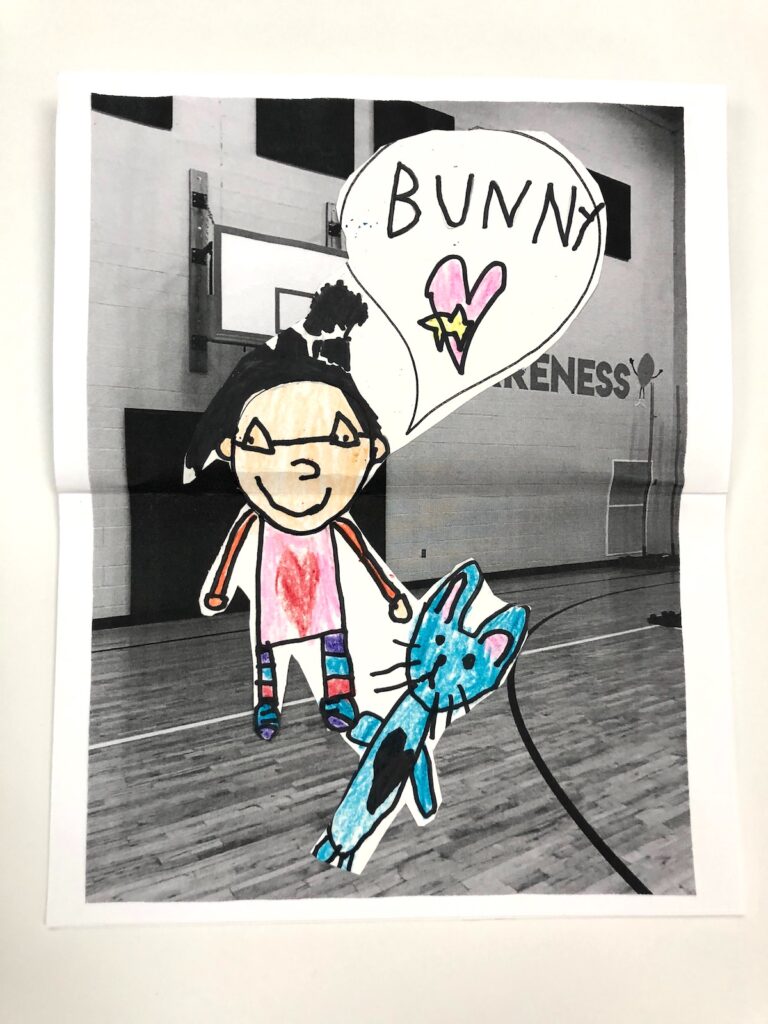
One of my students with autism created incredibly expressive illustrations. With parent permission, I started using these drawings to illustrate professional presentations. This allowed me to talk about and celebrate the student as an individual and encourage other educators to celebrate their students as individuals, too.
Collaborate with para-professionals.
If your students work closely with a para-professional, collaborate with them as they spend a considerable amount of one-on-one time together. Find a moment to learn from one another about your observations and understandings to support the student’s success in the art room and beyond. If a student with autism attends class without a para-professional, be sure to have this person’s phone number quickly accessible next to the classroom phone if a need arises.
Educate all students about autism.
The actions and words of students with autism may lead to reactions and questions from other students. Does the school have a plan in place to educate classmates about autism and answer questions as they arise? A teacher or para-professional could join a class by reading a book or offering up practical information for students. Talking honestly and openly about behaviors and students as uniquely wonderful individuals will help kids see their classmates for the kids they are.
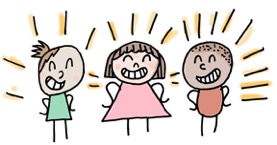
Access these Resources to learn more!
Everything You Need to Know to Set Your Students with Autism Up for Success
Setting Up an Autism-Friendly Classroom PRO Learning Pack
How to Work with Students with Autism in the Art Room
Creating Inclusivity for Autism in the Art Room
Conversations about students with autism and inclusion don’t have to happen in the general classroom alone. Consider ways to open the discussion in your art room. If you don’t have the answers or you’re not entirely comfortable leading this conversation, invite other teachers to facilitate. It is essential to admit that we are all still learning and growing as we strive to support and engage all of our students and uniquely those with autism.
Supporting all students in your classroom is important—we all know that! Students with autism are an important part of this inclusive idea. Learning about their unique personalities, interests, and needs, tapping into para-professionals and other support staff, and talking openly about students with autism will help create a positive and supportive environment for all your artists!
What opportunities do you have to highlight your students with autism or those who learn and think differently?
Who in your school community could answer your questions about specific students with autism?
How can breaking down clean-up procedures into smaller steps impact the classroom environment?
Magazine articles and podcasts are opinions of professional education contributors and do not necessarily represent the position of the Art of Education University (AOEU) or its academic offerings. Contributors use terms in the way they are most often talked about in the scope of their educational experiences.



